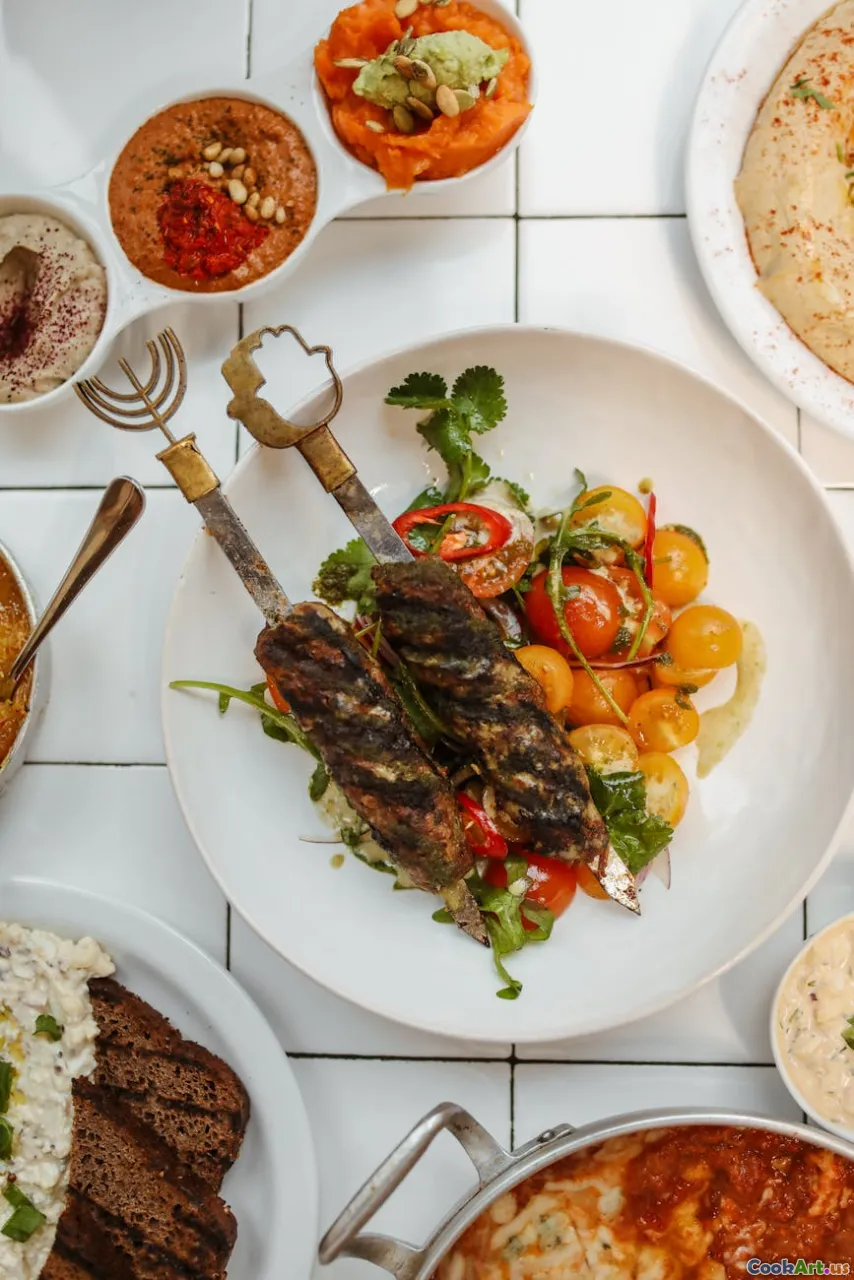Savoring the World's Best Cuisines
5 min read Embark on a culinary journey exploring the best cuisines from around the globe, celebrating diverse flavors and cooking traditions. April 11, 2025 15:45
Savoring the World's Best Cuisines
Food is a universal language that transcends borders, cultures, and traditions. Each cuisine tells a story, reflecting the history, geography, and values of the people who create it. In this article, we will embark on an epicurean journey, savoring the world's best cuisines and uncovering the unique flavors and techniques that define them.
The Essence of Cuisine
Cuisine is much more than just a set of recipes; it is a complex interplay of ingredients, techniques, and cultural significance. From the aromatic spices of Indian curries to the fresh herbs of Mediterranean dishes, each region has its own signature elements that make it distinctive. Understanding these elements is key to appreciating global gastronomy.
Regional Influences
-
Asian Cuisine: Rich in diversity, Asian cuisine varies widely from the fiery dishes of Thailand to the delicate flavors of Japanese sushi. Techniques such as stir-frying, steaming, and fermentation play significant roles in creating textures and flavors that are both vibrant and subtle.
-
European Cuisine: From the heartiness of German sausages to the finesse of French pastries, European cuisines often emphasize local ingredients and seasonal produce. Techniques like slow-cooking and baking are celebrated, with each country adding its unique twist.
-
African Cuisine: Often overlooked, African cuisine is a treasure trove of flavors, with dishes like Moroccan tagine showcasing the use of spices. Techniques such as grilling and stewing are predominant, making the most of local produce and meats.
-
Latin American Cuisine: Known for its bold flavors and vibrant colors, Latin American cuisine incorporates indigenous ingredients like corn and beans, combined with Spanish and Portuguese influences. Techniques such as roasting and frying are common, resulting in beloved dishes like tacos and empanadas.
Culinary Techniques: The Art of Cooking
Understanding cooking techniques is crucial in appreciating the depth of a cuisine. Here are a few techniques that stand out globally:
- Fermentation: Used in many cultures, fermentation not only preserves food but also enhances flavors. Think kimchi in Korea or sauerkraut in Germany.
- Grilling: A universal method, grilling is favored in many cuisines, from the barbecue of the American South to the shish kebabs of Middle Eastern cultures.
- Sous Vide: This modern technique, popularized in French cuisine, involves vacuum-sealing food and cooking it at precise temperatures, ensuring consistency and flavor.
Surprising Food Facts
- Did you know that the world’s most expensive spice is saffron? Harvested from the crocus flower, it takes about 75,000 flowers to produce a single pound of saffron!
- The tradition of afternoon tea originated in England in the early 19th century and has become a cultural staple, influencing tea customs around the world.
- Sushi, often thought to be a Japanese invention, actually has roots in Southeast Asia as a method of preserving fish in fermented rice.
Conclusion: A Culinary Tapestry
Savoring the world's best cuisines is not just about enjoying delicious food; it’s an exploration of humanity’s shared experiences and cultural heritage. Each dish tells a story, connecting us to different parts of the world. As we continue to embrace culinary diversity, let’s celebrate the flavors that unite us and the traditions that keep our culinary tapestry rich and vibrant. So, whether you are dining at a local restaurant or experimenting in your kitchen, remember that each bite is a passport to another world.
Join us in the journey of global flavors, and let your palate explore the vast and exciting culinary world waiting to be discovered!









